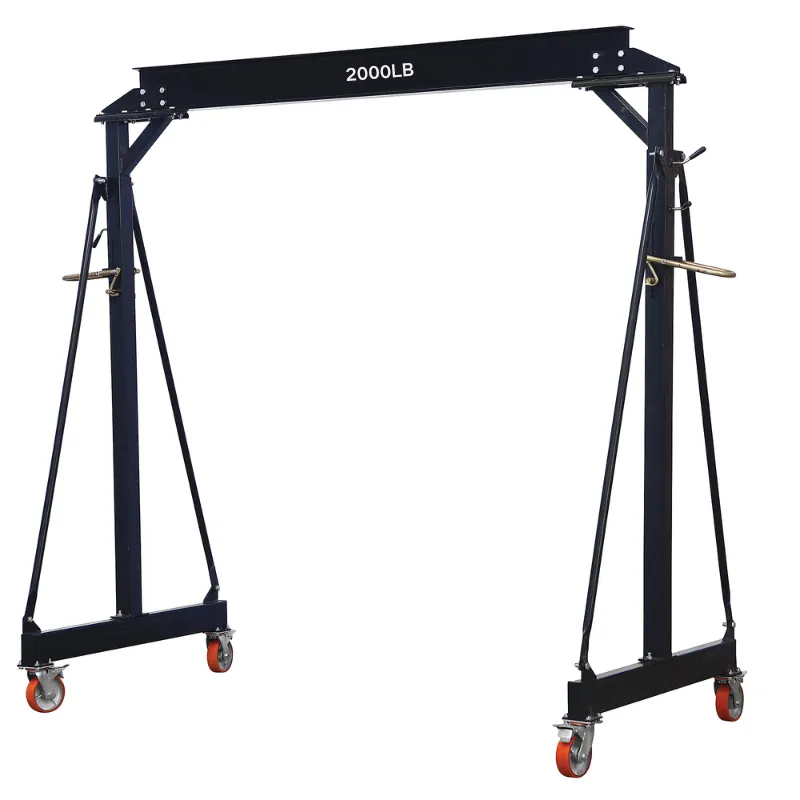cost of moving heavy machinery
Understanding the Cost of Moving Heavy Machinery
Heavy machinery plays a crucial role in various industries, including construction, manufacturing, and mining. As businesses expand and project demands change, the need to move heavy machinery from one location to another becomes increasingly common. However, this process often involves significant costs that can impact a company's bottom line. Understanding these costs is essential for effective budgeting and planning.
Factors Influencing the Cost of Moving Heavy Machinery
The cost of moving heavy machinery can vary widely based on several key factors. Firstly, the size and weight of the machinery itself play a fundamental role. Larger and heavier equipment requires specialized transportation methods, which can come at a premium. For instance, moving a massive crane differs greatly in cost and complexity compared to relocating a smaller backhoe.
Secondly, the distance to be traveled also significantly affects the moving cost. Short-distance moves may incur lower costs due to reduced fuel consumption and less time spent on transportation. In contrast, long-haul moves often require additional logistics, including permits and overnight accommodations for drivers, which can contribute to higher expenses.
Additionally, the terrain and conditions of the route can impact costs. Moving machinery through mountainous terrain or on poorly maintained roads poses challenges that may require additional equipment, such as trailers or escort vehicles, to ensure safe transit. These added requirements can drive up costs substantially.
Logistics and Planning Costs
The logistics involved in moving heavy machinery should not be overlooked. Proper planning ensures that the process is efficient and cost-effective. Companies must consider factors such as scheduling, route planning, and regulatory compliance. Obtaining the necessary permits for oversized loads can add to the timeline and expenses. Some localities have strict regulations regarding the movement of heavy equipment, often requiring advance notice and paperwork.
cost of moving heavy machinery

Moreover, securing a reliable transport service is vital. While companies may be tempted to choose the cheapest option available, this can lead to problems down the line. A professional transport service will have the necessary experience and equipment to handle heavy machinery safely and efficiently. Investing in quality transport services can save time, mitigate risks of damage during transit, and ultimately reduce costs associated with delays.
Insurance and Liability Costs
Another aspect to consider is the insurance and liability costs associated with moving heavy machinery. Companies need to ensure their equipment is adequately insured during transportation. This means factoring in the cost of insurance on top of the moving expenses. If something goes awry during transit, having the right coverage can prevent catastrophic financial losses.
It's also important to think about the potential liability involved in moving heavy machinery. If an accident occurs during transportation, the transporting company could be held liable for damages. Therefore, choosing a reputable and insured transport provider can help mitigate these risks.
Maintenance and Operational Downtime
Lastly, moving heavy machinery can lead to maintenance and operational downtime costs. Equipment that is out of commission during transport means it is not generating revenue. This downtime must be accounted for when calculating the overall cost of moving machinery. Companies should strategically plan moves during off-peak times or when they can afford to lose the use of the machinery to minimize the impact on their operations.
Conclusion
In conclusion, the cost of moving heavy machinery encompasses various factors, including size, distance, route conditions, logistics, insurance, and potential downtime. To ensure that expenses are kept in check, companies need to undertake careful planning and consider hiring experienced transport firms. By understanding the complexities involved in moving heavy machinery, businesses can make informed decisions that ultimately enhance operational efficiency and maintain their bottom line. The strategic management of these costs is an essential component of successful machinery operations in today's competitive market.
-
Unlock Seamless Relocation with Our Heavy Equipment Moving ExpertiseNewsJun.06,2025
-
Unleash Unrivaled Flexibility with Our Adjustable Gantry CraneNewsJun.06,2025
-
Unleash Heavy-Duty Efficiency with Our Industrial Gantry Crane SolutionsNewsJun.06,2025
-
Revolutionize Steel Handling with Our Magnetic Lifter RangeNewsJun.06,2025
-
Master Equipment Mobility with Premium Machinery Mover SolutionsNewsJun.06,2025
-
Elevate Your Material Handling with Magnetic Lifter TechnologyNewsJun.06,2025
-
YS Permanent Lifting Magnets: The Smarter Way to Handle SteelNewsMay.22,2025
